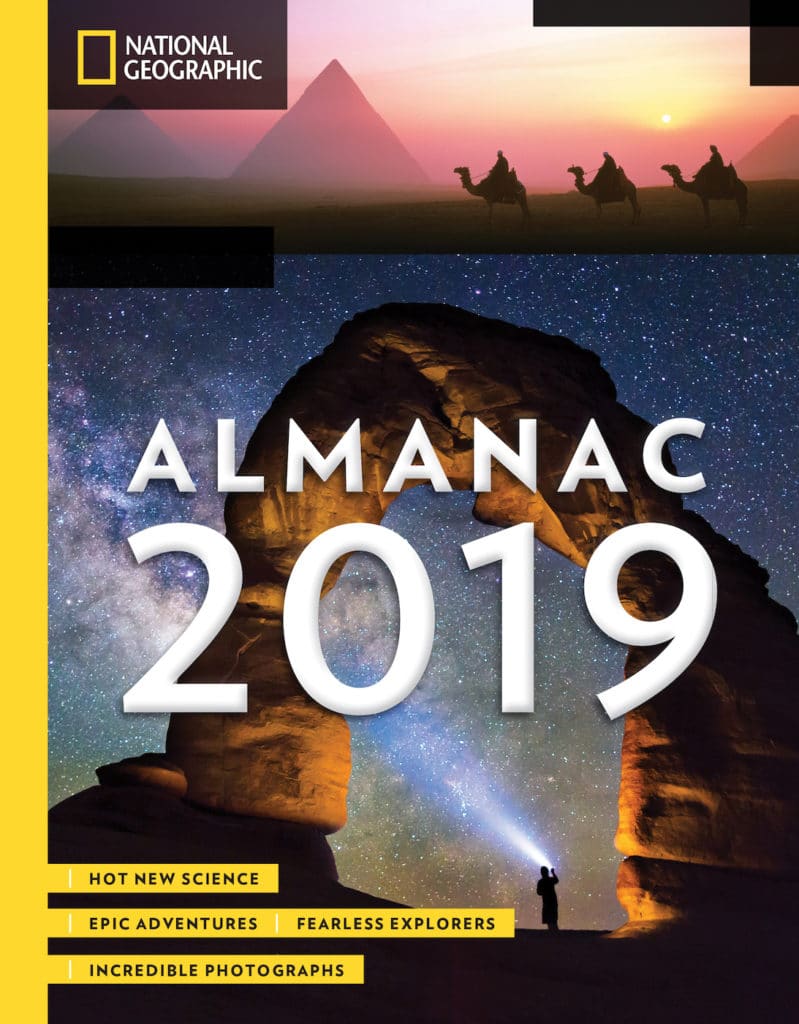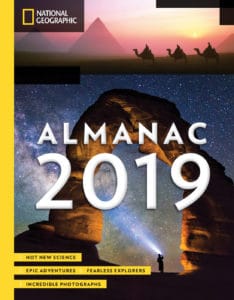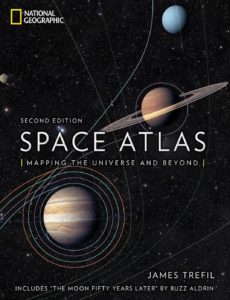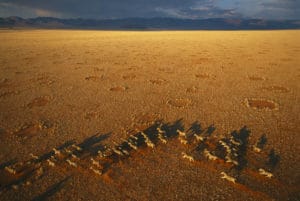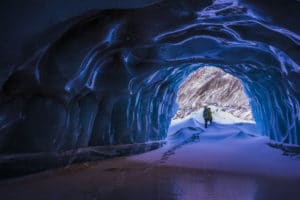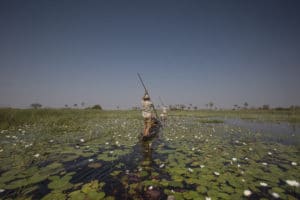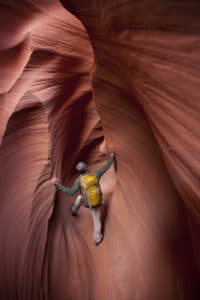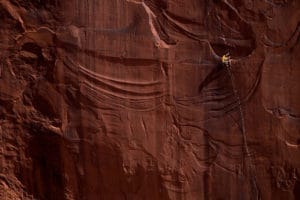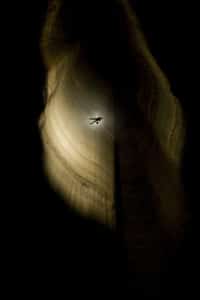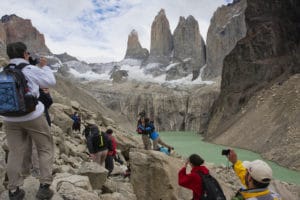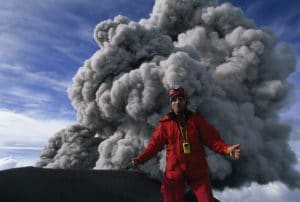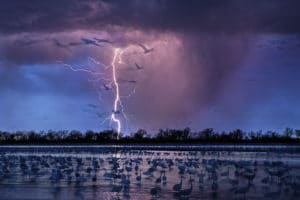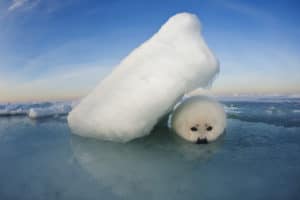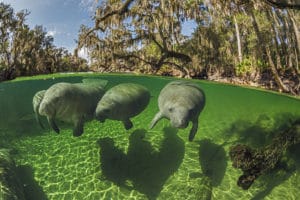When I received a copy of National Geographic’s beautiful Almanac 2019, I felt like I was a kid all over again. And that makes total sense: Almanac 2019 is the first in a new book series spinning off from the popular NatGeo Kids Almanac. It’s recommended for readers ages 12-112, and I enjoyed it probably more now as an adult than I would have as an enthralled child.
As a kid, I remember rushing up to the stacks in my elementary school LMC to find the latest edition of Ripley’s Believe It Or Not or The Guinness Book of World Records. This was before everyone had unlimited internet access, and even though my parents (bless their prescient souls) were early adopters, back then, like some cell phone data plans now, images used more data, so it wasn’t like my sister and I could spend hours and hours searching for tumors with teeth and hair. Or maybe that’s exactly what we did.
Still, the vast majority of images of the world outside my little town in the foothills of Colorado came from books like Almanac 2019. I was delighted upon opening it to see so many gorgeous images from around the world, including a photo of friend of the Scirens, the ever fabulous Cara Santa-Maria who acts as a guide throughout the book.
Climate change is front and center, as is conservation not only of our natural resources but of the remarkable diversity of cultures–both animal and human–on the planet.
If your answer to the climate crisis is Mars habitation, then NatGeo’s gorgeous second edition Space Atlas is for you. Not only did I thoroughly enjoy reading Buzz Aldrin’s forward, I really loved losing a sense of time and space staring at the nearly sparkling images of nebulae in the book. The heft and size of the hardback itself adds to the visual experience as it pretty much consumes your line of vision when placed on your lap. Who needs Cardboard when you can have the real deal?
It’s also wonderful to hold in your hand a big, beautiful book with a very recent massive scientific breakthrough printed on its pages. The gravitational waves predicted by Einstein in 1916 were measured two years ago in 2016 by LIGO. That humans could even build an apparatus to measure such subtlety amongst the universe still boggles my mind. And here it is–canonized in print… until further notice. That’s the beauty of the scientific process.
Both books feature women in STEM Rosalind Franklin, Jocelyn Bell Burnell, Henrietta Leavitt, and Vera Rubin whose contributions were often diminished in comparison to their male peers. Efforts such as this will hopefully inspire a new generation of women and other minorities to pursue science should they be so motivated. If I were a budding scientist, these would make the perfect holiday gift to help foster my interest in the great, big natural world.

